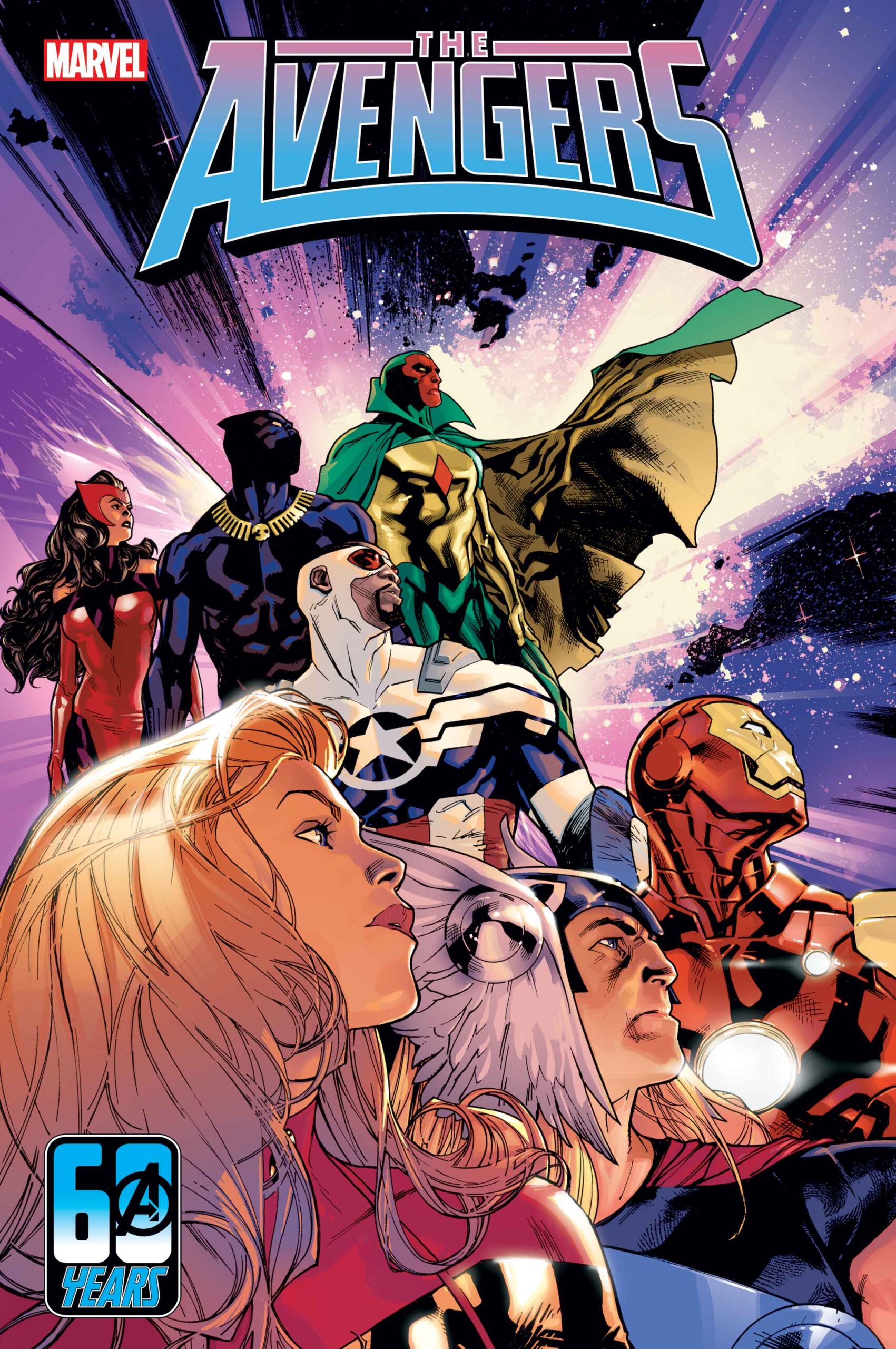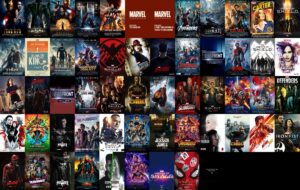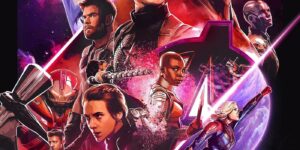The Marvel Cinematic Universe (MCU) has grown exponentially since the release of Iron Man in 2008. With the acquisition of new studios, like 20th Century Fox, and the development of Disney+, Marvel’s roster of characters has expanded significantly. The challenging task of balancing these characters and their storylines is one that Marvel has addressed through clever writing, strategic casting, and meticulous planning.

- The Best MCU Movies For Fans Of Comic Books
- The Biggest Surprises In Marvel’s Latest Movie
- The Evolution Of MCU’s Storytelling: From Phase 1 To Now
- The Rise Of The Multiverse In Marvel’s Newest Releases
- Top 10 Best Movies In The Marvel Cinematic Universe
One approach Marvel takes to balance its vast array of characters is by employing the ensemble method. By grouping characters together, Marvel is able to tell larger, interconnected stories. This technique is evident in films like The Avengers and Captain America: Civil War, where the ensemble approach allows for character interactions and conflicts that fuel the narrative. Moreover, when combined with clever plotting and dialogue, the ensemble method brings depth and richness to Marvel’s storytelling, as seen in the Guardians of the Galaxy franchise.
Furthermore, Marvel’s focus on character-driven narratives allows the audience to connect with the characters on a deeper level. By spending more time on individual character arcs, as seen in Black Panther and Captain Marvel, Marvel is able to create well-rounded characters that are easy to identify with. These character-driven stories not only allow audiences to invest emotionally in the characters but also foster more compelling storytelling.
Casting has also been instrumental in Marvel’s ability to balance its ever-expanding roster of characters. By selecting talented actors who embody the essence of their respective characters, Marvel is able to bring new life to iconic roles. For example, Robert Downey Jr.’s portrayal of Tony Stark (Iron Man) and Chris Hemsworth’s portrayal of Thor are exceptional representations of their respective characters.
Marvel has also found success through digital storytelling. With the rise of Disney+, Marvel can explore lesser-known characters and pair them with established favorites in innovative ways. The release of series such as The Falcon and the Winter Soldier and Loki have demonstrated Marvel’s ability to mix fresh characters with familiar ones, weaving intricate narratives that expand the universe.
Franchise management also plays a critical role in balancing the large number of characters. By splitting its numerous franchises into distinct phases, Marvel provides each character and storyline with ample room for development. By mapping out the universe’s trajectory over a series of films and series, Marvel ensures that individual storylines remain cohesive and compelling.
In addition, through crossovers and cameos, Marvel creates opportunities for unexpected interactions between characters from different corners of the universe. The surprise cameo by Robert Downey Jr. in Spider-Man: Homecoming or the way that Avengers: Endgame interconnected characters from the entire MCU have proven that character mashups not only surprise fans but also create cultural milestones.
Ultimately, Marvel’s success lies in its adeptness at adapting its techniques as the universe continues to grow. They continually prove themselves adept at balancing an increasing number of characters, each with their own story arc, without sacrificing depth or coherence.




